A home inspector can encounter a lot of horrors in a day's work. The job entails:
- conducting a visual, non-invasive examination of the condition of a home, most often in connection with the sale of that home
- Inspecting all the accessible major components, which include the roof, exterior, structure, electrical, heating, air conditioning and heat pumps, insulation, plumbing and interior
- preparing and delivering to the client a written report of the findings
These are a home inspector's 10 worst nightmares...
10. Major Defects in New Construction
Water in a crawlspace in a new home, now that's scary. Potentially, this leakage could reoccur in the future if not repaired correctly. This water, as it evaporates, creates ongoing high humidity in the home and it can support mould growth in attics and roof spaces when it condenses.
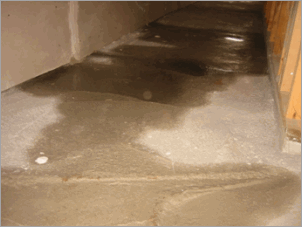
9. Do It Yourself Structural Modifications
In order to create more storage in the attic, a homeowner has cut engineered roof trusses, without a permit... and without adding any reinforcement. Likely, the roof will sag in time, and possibly collapse during heavy snow or wind loads.
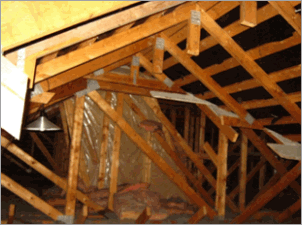
8. Raw Sewage
Every time the toilet flushed, sewage entered the crawlspace through the missing clean-out cap. Nasty for the poor home inspector, never mind the new buyer. Multiple issues for the homeowner: health, sanitation, odour and moisture.
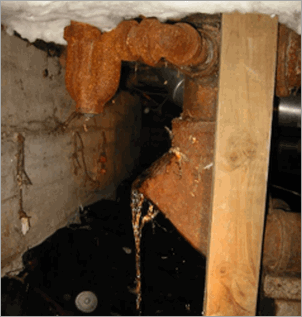
7. Abandoned Buried Oil Tanks
When homeowners converted from oil to natural gas furnaces, they simply left the buried oil tank in the ground. Problem is that some homeowners did not pump the oil out of the tank. These metal tanks eventually corrode and the oil leaks out, contaminating the surrounding soil. We’ve all heard about the $150,000 clean-up bill. Scaryto the pocketbook.

6. Leaky Condo Syndrome
Most Lower Mainlanders have heard this term or have had first-hand experience with their condos leaking. It's cost many people a lot of money. The causes?
- Greater wall wetting from buildings designed without roof overhangs plus exposed decks over living spaces,
- "Tighter" building envelopes in the name of energy efficiency,
- Poorly standardized construction details with poor workmanship,
The scary part is that rainscreen technology, which is mandatory on newly constructed and remediated buildings, has been part of building science since the 1960s, but never adopted into the Canadian National Building Code.
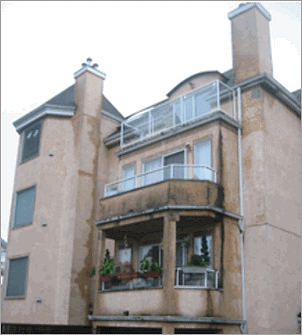
5. Mould
This photo is of ceiling mould in a bedroom closet. There was zero attic insulation above this area, so warm, moist air from the home's interior was condensing on the cooler drywall ceiling, creating the moisture the mould needed. The scary part: children and the elderly are most susceptible to continual exposure and possible long-term health effects. In extreme cases, mould can be toxic.
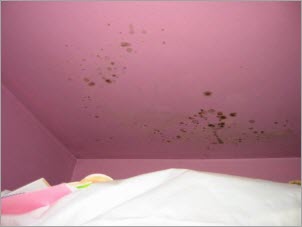
4. Marijuana Grow-Ops
This photo shows grow-op ventilation ducting into the basement toilet drain. Home inspectors see three types of grow-ops:
- Busted by the police, where full disclosure is available to all parties
- Busted by landlords, with a superficial cover-up, not necessarily disclosed before selling
- Owners have operated and removed the grow-op, doing superficial cover-up and not necessarily disclosing before selling
The physical damage from a grow-up can be substantial and, if not correctly remediated, can have health, structural and moisture-related issues. Obtaining home insurance can be difficult and may include additional costs.
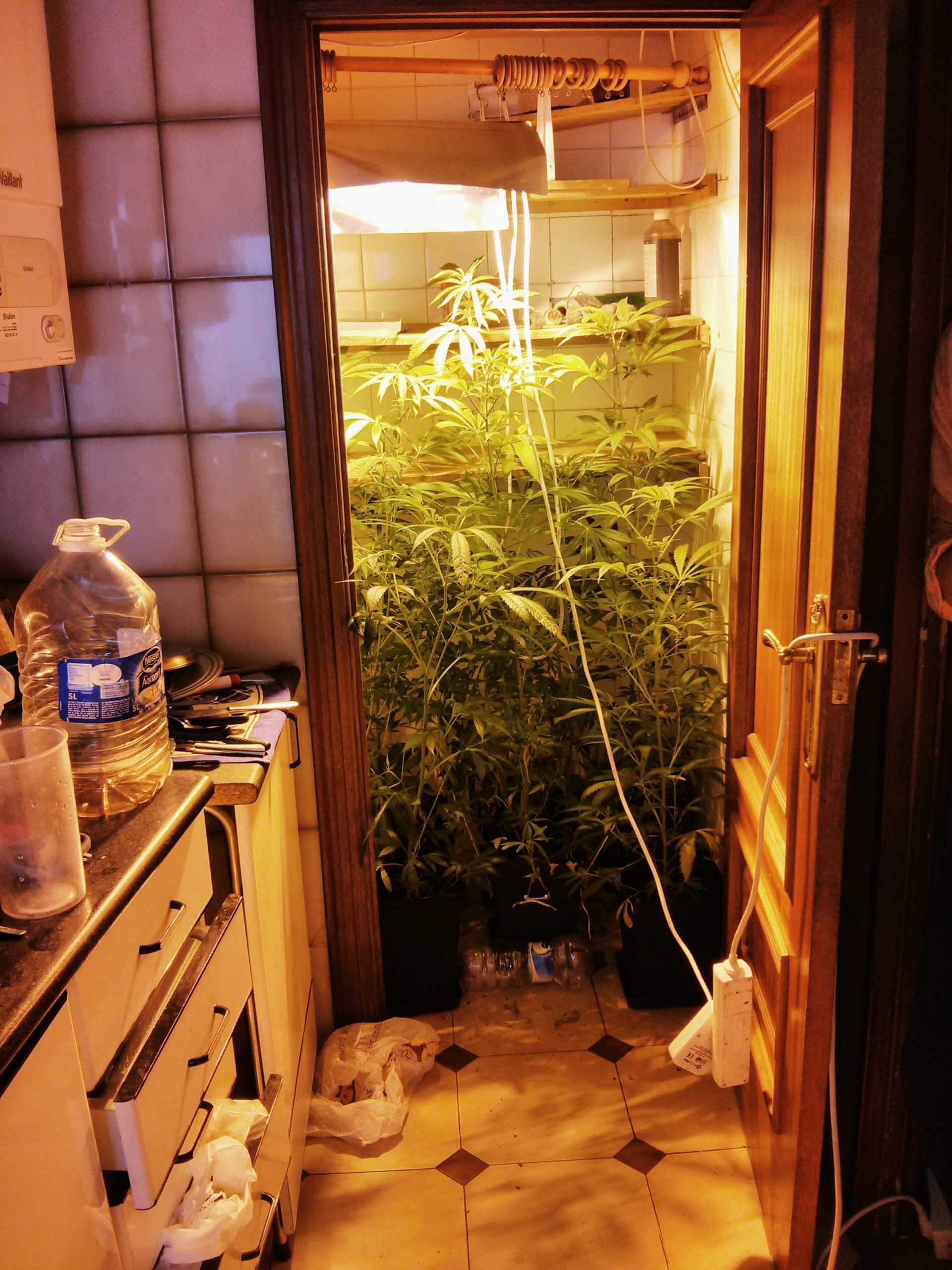
3. Substandard Home Owner or DIY Upgrades
Most people looking at this addition know this is wrong. Where is it going to leak? Home inspectors see additions, basement suites and general renovations with the associated unprofessional and often scary (i.e., dangerous) roofing, structural, electrical, plumbing and heating modifications. In extreme cases, the upgrades need to be partially or totally removed and redone.

2. Rodents
This mouse got stuck between the fan blade and the fan housing. You would think the homeowner would have checked why his fan blades weren't turning. I often see signs of rodents in attics and crawlspaces. It's scary thinking this carcass is decomposing so close to your food. Yuck!! Upon seeing this, some people will have continual nightmares. Is this the only mouse in the house?? Perhaps that's why this home is for sale!
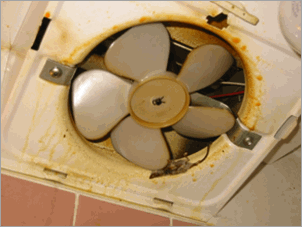
1. Large Animals, Dead or Alive
I won't show you the ghostly picture of the dead cat in a crawlspace. Not a serious matter, but scary and disturbing for the home inspector (me). BTW, the owner had no knowledge of it. Live baby raccoons in a house's attic can be a very serious matter. For one thing, they did some roof damage to the attic. On top of that, they use the attic as their toilet. Significant repairs and clean-up after they move out.
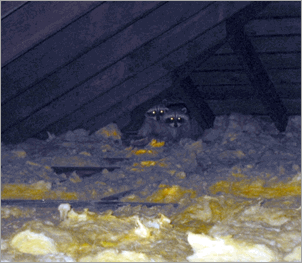
If you need recommendations for a Home Inspector in your area who would be happy to send you some referrals just email me at [email protected]

